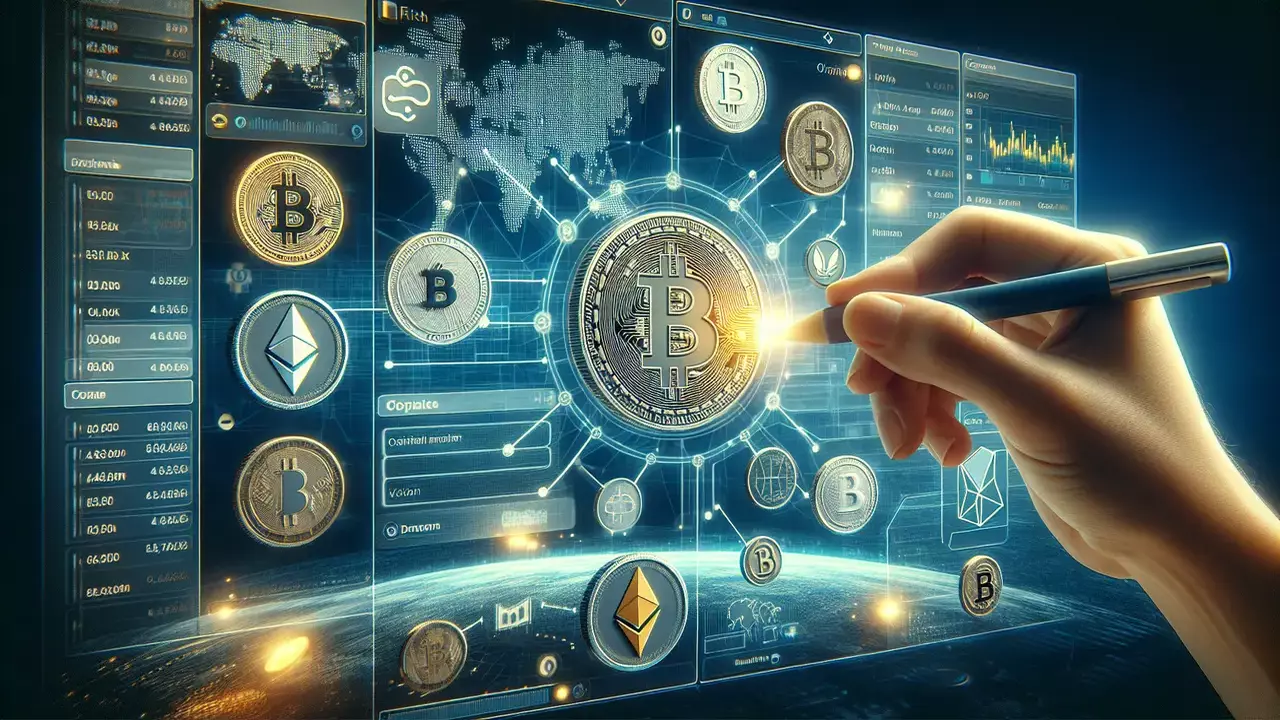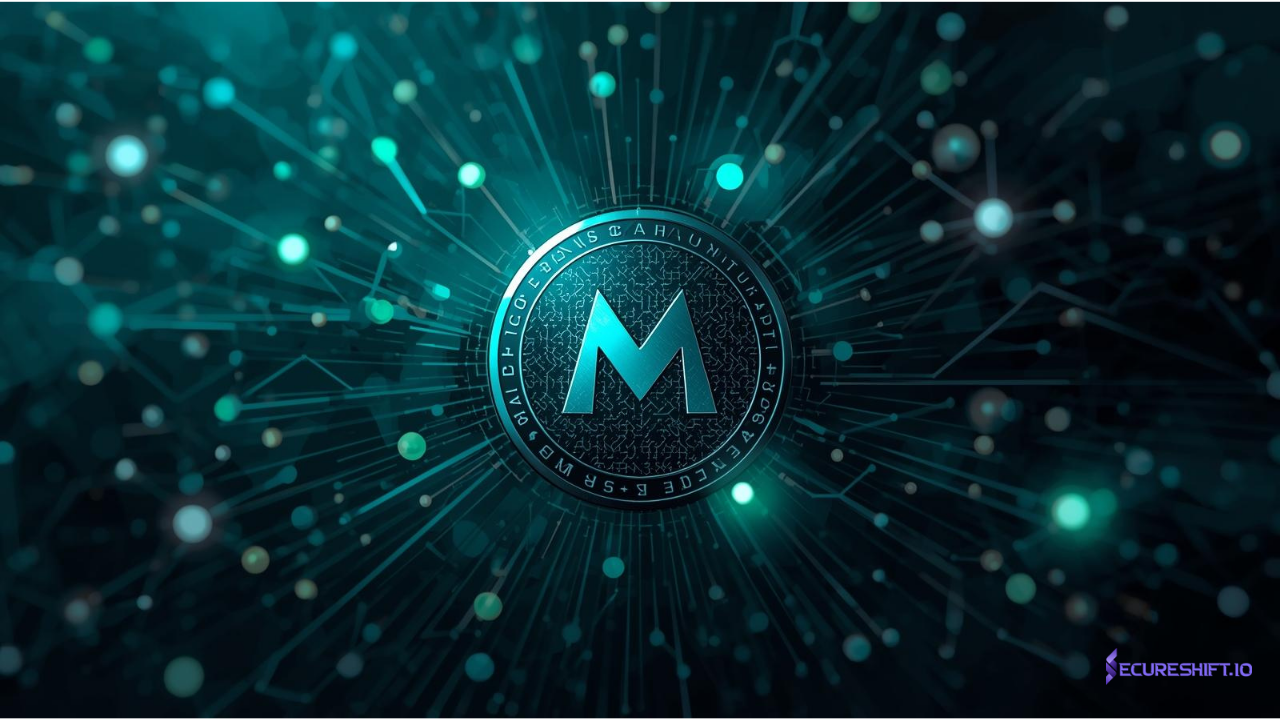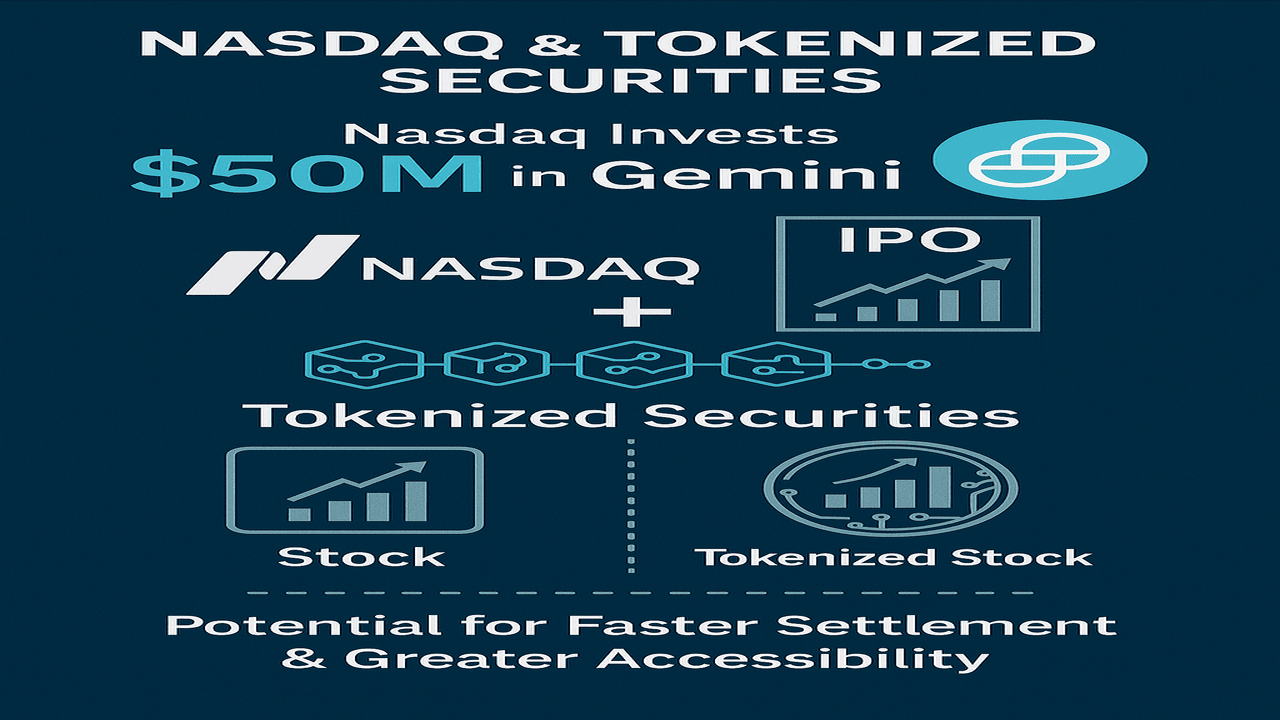
Unlocking the Bitcoin Lightning Network: Features, Benefits, and How It Works
A Brief History of the Bitcoin Lightning Network
In recent years, the Bitcoin blockchain has faced significant congestion due to its immense popularity. This increased traffic has led to slower transaction speeds and higher network fees. The BTC community has long grappled with scalability issues, with attempts to address the problem dating back to 2011.
In 2015, Thaddeus Dryja and Joseph Poon proposed the Lightning Network as a solution. The concept was to handle some transactions off the main blockchain, thus easing the load on the BTC network. The Lightning Network officially launched in 2018.
The Lightning Network enables users to transfer funds without utilizing the blockchain for each transaction. Instead, it quickly verifies funds from the sender and gets approval from the recipient. This system differs significantly from the traditional BTC blockchain. For a detailed comparison, check out our article "What is the Difference Between Regular Blockchain and the Lightning Network?"
How the Bitcoin Lightning Network Works
Let's illustrate the workings of the Lightning Network with an example involving Alice and Bob.
Alice and Bob frequently exchange small payments via the BTC network, but the high fees make these transactions impractical. To overcome this, they decide to use the Lightning Network.
Bob initiates a payment channel by creating a smart contract where both parties deposit $100 each. These funds are sent to a jointly managed address secured by two private keys. Together, Alice and Bob control an address with $200 worth of BTC.
When Alice needs to send $20 to Bob, they agree to adjust their deposits accordingly. Although the address still holds $200, Alice's share decreases to $80 while Bob's increases to $120. They can continue to transact within their deposit limits without additional blockchain synchronization.
Eventually, Bob decides to close the channel and withdraw his funds. He creates a final transaction on the BTC blockchain, reflecting the adjusted balances: $80 for Alice and $120 for Bob. Thus, only two transactions are recorded on the Bitcoin blockchain—the opening and closing of the payment channel. Transactions within the channel are instant and fee-free.
The Lightning Network's growing popularity stems from its efficiency and low costs. To understand why the crypto community is embracing it, read our article "Why Would You Need the Lightning Network?"
How to Pay an Invoice on the Lightning Network
In the Lightning Network, the recipient generates an invoice for the payer, which contains all necessary transaction details:
- Account creation time
- Node ID for receiving payment
- Invoice validity period
- Account description
- Reserve Bitcoin address (for returns if the recipient rejects the payment)
If the recipient specifies an amount, the payer must pay that exact sum. Otherwise, the payer can send any amount. The recipient sets the invoice's validity, which can range from 10 minutes to several days.
Lightning Network Features
- Very Low Commission: Transactions on the Lightning Network are significantly cheaper than on the Bitcoin network.
- Microtransactions: Due to low fees, even small-dollar transactions are feasible.
- High Transaction Speed: Without the need for blockchain synchronization, transactions are nearly instantaneous.
- Scalability: Each channel can handle up to 500 operations per second, and more channels mean higher network capacity.
Choosing a wallet for the Lightning Network
| Wallet | Open sources | Custodial | Simplified use | Channels management |
| BlueWallet | Yes | Yes | Yes | Yes |
| Zap | Yes | No | No | Yes |
| Eclair | Yes | No | No | Yes |
| Breez | Yes | No | Yes | Yes |
| Wallet of satoshi | No | Yes | Yes | No |
| Phoenix | Yes | No | No | Yes |
Disadvantages of the Lightning Network
- Constant Connectivity Required: Nodes must always be online; otherwise, there's a risk of losing funds if another user closes the channel.
- Transaction Delays: If an intermediate node goes offline, transactions can be delayed indefinitely.
- Transaction Limits: While the v0.11 update increased transaction capacity, it is still limited by the channel's reserves.
- Channel Fees: Individual channels may charge fees for passing invoices.
- Initial Setup: Opening a channel requires a Bitcoin network transaction.
- Operational Complexity: Managing funds can be challenging, especially for site operators, requiring detailed knowledge of wallet features.
By leveraging the Bitcoin Lightning Network, users can enjoy faster, cheaper transactions while helping to alleviate the BTC blockchain's congestion. Understanding its features and limitations is crucial for optimizing its use in the cryptocurrency ecosystem.



